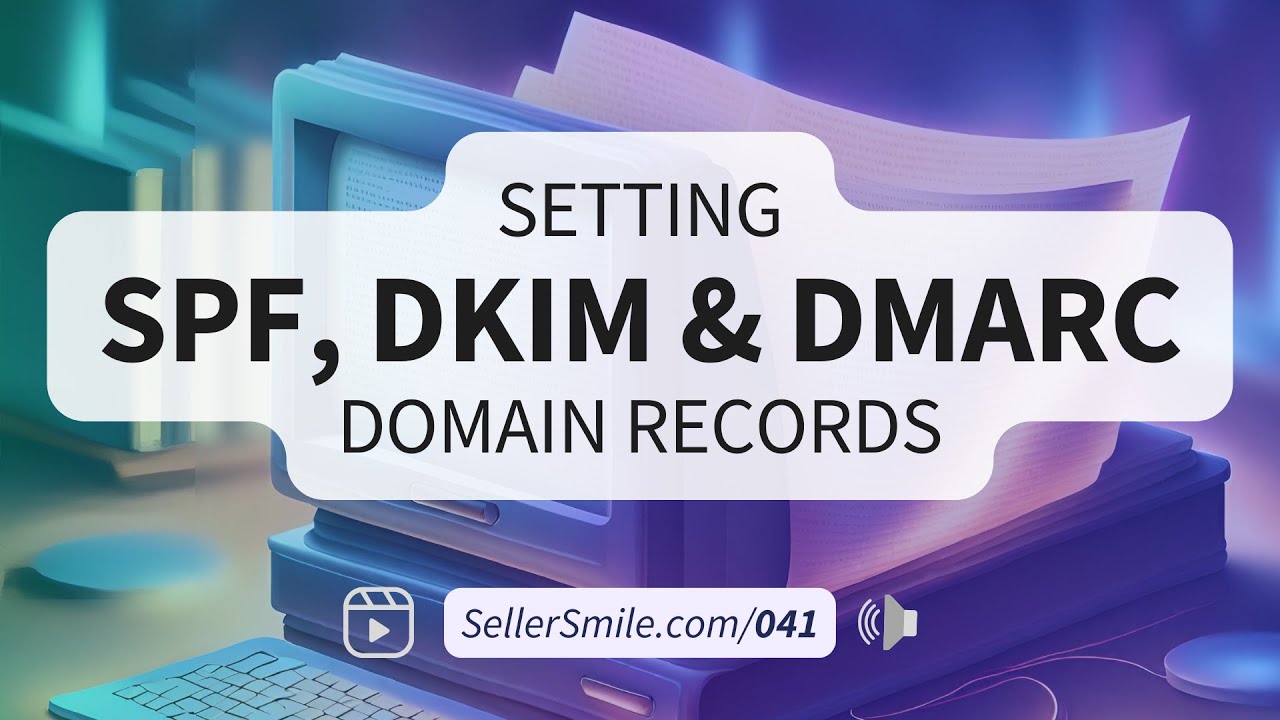
In today’s digital age, email has become an essential tool for communication, both personally and professionally. However, with the rise of cyber threats such as phishing and email spoofing, it has become crucial to implement security measures to protect your email domain from unauthorized use. This is where SPF, DKIM, and DMARC records come into play.
If you’re using Bluehost as your domain hosting provider and Gmail as your email service, setting up SPF, DKIM, and DMARC records is relatively straightforward. These records help to authenticate your emails, prevent spoofing, and ensure that your emails are delivered securely to the recipient’s inbox.
Let’s break down each of these records and guide you through the process of setting them up with Bluehost and Gmail.
### SPF (Sender Policy Framework)
SPF is a validation system that verifies that an email message is sent from an authorized server. By setting up SPF records for your domain, you can specify which mail servers are allowed to send emails on behalf of your domain. This helps prevent spammers from forging your domain in their email headers.
To set up SPF records with Bluehost and Gmail, follow these steps:
1. Log in to your Bluehost account.
2. Navigate to the cPanel dashboard.
3. Look for the “Email” section and click on “Email Deliverability.”
4. Under “Authentication,” click on “Enable.”
5. Select the domain for which you want to set up SPF records.
6. In the “Additional Hosts” section, add the following Google servers:
– include:_spf.google.com
– include:bluehost.com
7. Save your changes.
### DKIM (DomainKeys Identified Mail)
DKIM is another email authentication method that uses cryptographic signatures to verify that an email message was sent from an authorized server. By setting up DKIM records for your domain, you can add an extra layer of security to your email communications.
To set up DKIM records with Bluehost and Gmail, follow these steps:
1. Log in to your Gmail account.
2. Go to “Settings” and then “See all settings.”
3. Click on the “Accounts and Import” tab.
4. Look for the “Send mail as” section and click on “Add another email address.”
5. Enter your name and Gmail address.
6. Check the box that says “Treat as an alias.”
7. Click on “Next Step.”
8. Select “Send through Gmail


